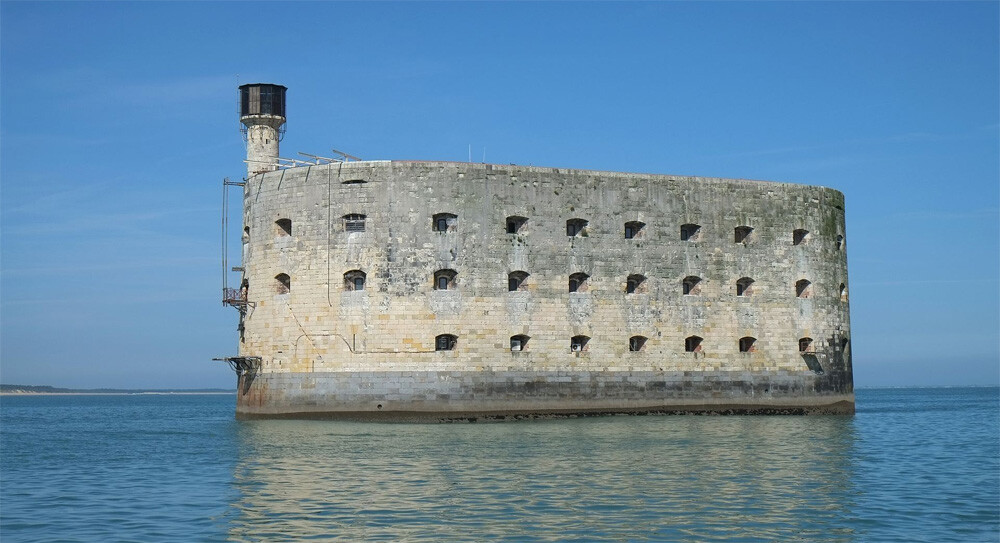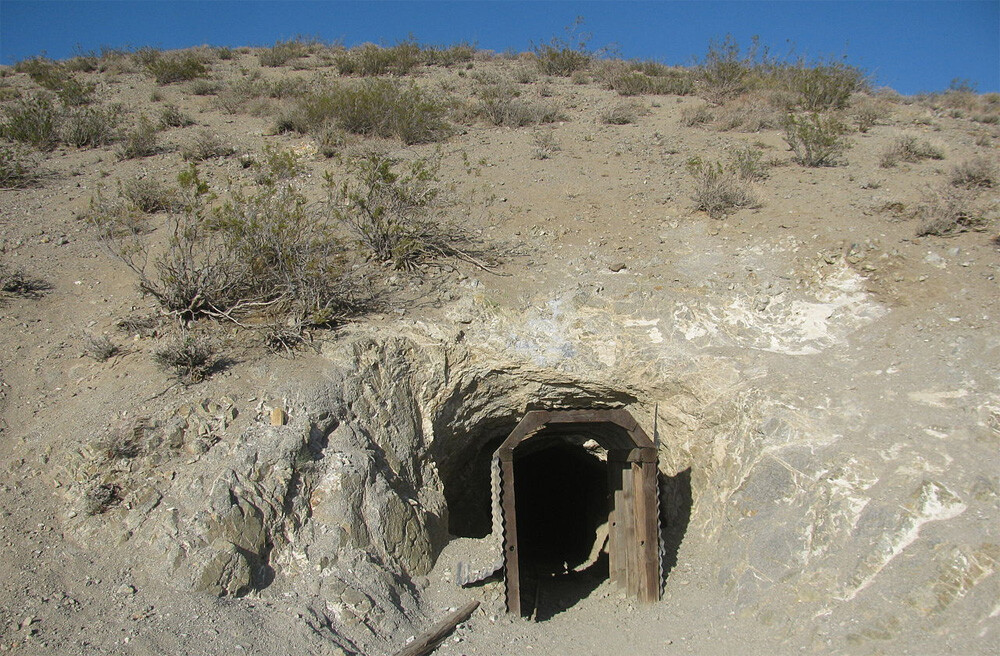5 Endeavors That Took So Long, They Turned Out to Be Pointless

Starting in 1968, Pan Am began taking reservations for flights to the Moon. No technology yet existed for taking passengers to the Moon (at the very start of the program, even Apollo 11 hadn’t made it there), but they assured customers the tech would exist one day, and Pan Am would be on the forefront. In 1991, the airline went out of business.
Of course, even if Pan Am still operated today, they wouldn’t have the capabilities to shuttle us to the Moon and back, and the people who did sign up for the program probably just did so just as a joke. The story still shows how the passage of time has a way of mocking our plans. For more serious examples, consider...
America’s Fleet of a Thousand Wooden Ships
Don't Miss
When the U.S. entered World War I, it seemed like the Allies needed a whole lot of new ships. Germany was torpedoing around 200 ships every month, so America decided they were going to build boats even faster than the enemy could sink them. The new vessels would be steamships, made out of wood. The goal was to build a thousand ships, using a million men.

Amaury Laporte
They never quite managed that, but they still built a whole lot of them. In fact, they slapped together just short of 300 of the things. On one particular landmark day, July Fourth of 1918, they launched 95 of them. But then, the war ended before the year was done. Not a single one of the ships reached Europe before the armistice rendered them unnecessary. Now, the U.S. was stuck with a bunch of ships that could, technically, still carry goods during peacetime, but each was too small to do so efficiently. Also, they were all made of wood, which was hardly ideal. The military tried selling them to other countries, who all mostly rejected them. Even just keeping the ships in storage was costing the government a large sum of money.
So, a salvage company picked off what metal the ships used and sank the remaining hulls in the Potomac. You can go see them today. It’s no environmental hazard — nature doesn’t really mind hunks of slow-rotting wood — and wildlife seem to like the boats, even if no humans ever did.

Steve Young, who you might know for winning the Super Bowl with the 49ers, received a tempting contract early in his career. In 1984, he was drafted by the Los Angeles Express, a team from the United States Football League, a competitor to the NFL. They would pay him $43 million to play with them for four seasons.
The catch was that this money would pay out over the course of 40 years. Still, that wasn’t much of a catch. He’d receive a chunk upfront, get a salary competitive with what the NFL would offer him and then would going on receiving money for years, while also getting paid for playing elsewhere. By 2014, the USFL would be paying him $1 million annually, which would be a lot even he were still playing for them. Young, of course, signed the deal. Unfortunately, in 1986, the original USFL went bust due to mismanagement and an ill-fated lawsuit against the NFL, both thanks to a new investor from New York.

Crazy thing, though: Even with no league existing to pay out all they owed, Young could have gone on getting the money for the next 40 years — if he’d taken the right financial-planning route. That would involve “funding the annuity that would offer the payouts,” but he instead took an early bulk payment, which ended up costing him some $35 million.
Still, Young went on to considerable success in the NFL. As for that New York investor, his name was Donald Trump, and he too went on to have quite a career.
Someone Guessed Who Shot Mr. Burns. But...
Fox offered a challenge to viewers after the classic Simpsons episode “Who Shot Mr. Burns?” — anyone could enter a contest to guess the murderer’s identity. The contest was really a promotion for sponsor 1-800-COLLECT, and fans had to be available to be called back, so despite what a phenomenon the show was, the organizers only ended up reaching out to 200 entrants. Unsurprisingly, none of them correctly guessed the killer, so Fox chose a winner randomly.

Fox
Again, no one in that phone-in contest guessed correctly. But Fox took a look at the internet and found that someone there did guess right, even in the comparatively primitive web era of 1995. The network tried to reach out to them. But, whoops, they’d signed up for that newsgroup using their college email address, which was dead by the time the producers contacted it.
Damn. Someone should invent some sort of way for college students to connect online that persists after graduation. It could revolutionize the internet and society, with no downsides.
France Spent 150 Years Building a Dumb Fort
At the end of the 17th century, France made plans for a new military fort on their west coast. They figured they needed a fort here because this particular spot was otherwise out of range of any French weaponry and was vulnerable to British ships. The only reason France didn’t build the thing right away was that it would cost so much.
They started work on it in the middle of the next century. Then they had to stop (apparently, this was a bit of a tumultuous time for France). In 1800, construction began again but soon had to stop yet again. Finally, in 1857, the fort was complete. By this point, it had been more than 150 years since the fort had first been proposed. Technology had evolved over the course of all that time — in particular, weapons stationed elsewhere had longer ranges — and so the fort was now pointless.

Starting in the 1990s, however, the fort did find new life as the setting for a French game show. The show, and the fort, is called Fort Boyard, and you might well recognize the name, if you live in any of the dozens of countries where it’s a hit. The original French version has now been running continuously for over 30 years, which is pretty crazy — though not as crazy as the longevity of that show we were talking about just 90 seconds ago, The Simpsons.
One Guy Spent His Entire Life Tunneling Through a Mountain
William “Burro” Schmidt was a miner who lived in the Mojave at the start of the 20th century. He didn’t work in anyone else’s mine — no, he laid claim to his mines of his own, worked the land himself and carried the ore around using his two burros. The existing trail through the El Paso Mountains was too dangerous for his gold-laden beasts. So, Schmidt decided he’d tunnel through the mountains, all on his own, single-handedly.
He started in 1906. He had no vehicles helping him, just his pick, his hammer, his drill and a whole lot of dynamite. The following decades offered many dangers for him, often sticking him between tight rocks and cracking his skull with falling rocks. He kept at his task, digging more than 2,000 feet through his mountain, and in 1938, after more than 30 years, he was done.

By this point, the government had built a road that bypassed the mountain, rendering the tunnel redundant. And so, Schmidt never ended up using the tunnel he’d built.
Let’s not feel too sorry for Schmidt, though. It’s not like he was trapped in darkness for three continuous decades with no idea about this new road. Construction on the road completed in 1920, and Schmidt kept at his project anyway. When you’re a prospector, you just really, really enjoy digging.
Follow Ryan Menezes on Twitter for more stuff no one should see.